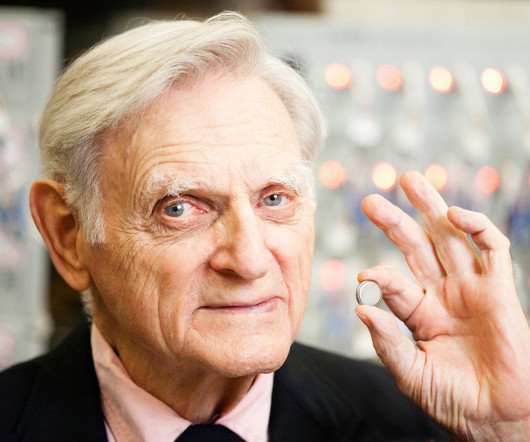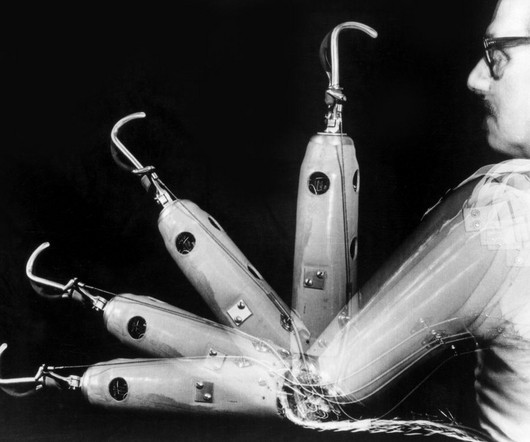MIT Energy Initiative announces 2014 seed grant awards
Green Car Congress
MARCH 30, 2014
The MIT Energy Initiative (MITEI) announced its latest round of seed grants to support early-stage innovative energy projects. They can thus be optimized for applications such as carbon capture, wastewater filtration, and natural gas storage, and for use in devices including fuel cells, rechargeable batteries, and solar cells.





















Let's personalize your content